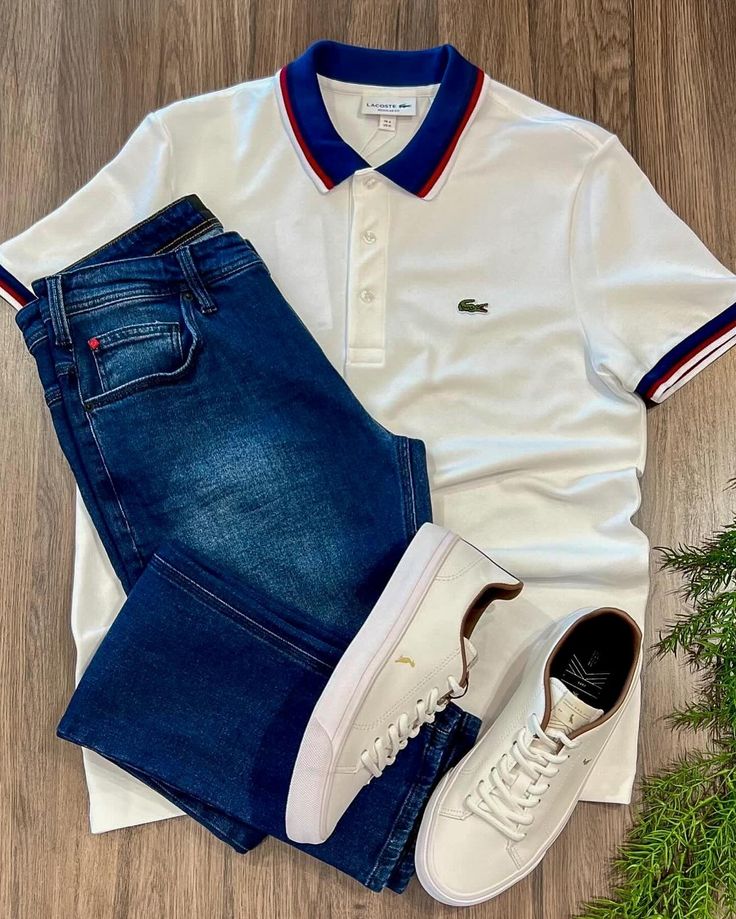
Dressing Tips: How to Wear Every Dress Attractively
- Common Dressing Mistakes to Avoid
Understanding Your Body Type
The first step to wearing any dress attractively is knowing your body shape. Whether you’re pear-shaped, apple-shaped, hourglass, or rectangle, each silhouette flatters differently. Highlight your best features—empire waists for apple shapes, A-line dresses for pear shapes, and fitted styles for hourglass figures. Avoid ill-fitting clothes that hide your natural curves or create unflattering bulges.
Choosing the Right Dress Silhouette
Not every dress suits every body type. Wrap dresses enhance curves, while shift dresses work well for straight figures. Maxi dresses elongate shorter frames, and bodycon dresses flatter toned physiques. Experiment with different cuts to find what makes you feel most confident. The right fit can transform your look instantly.
Color Coordination for Maximum Impact
Colors influence perception. Darker shades slim, while bright hues draw attention. Monochromatic outfits create a sleek, elongated effect. Contrasting colors add vibrancy. Consider your skin tone—warm undertones suit earthy shades, while cool tones shine in jewel colors. Don’t shy away from prints, but balance them with solid accessories.
Accessorizing Like a Pro
Accessories elevate any dress. Belts cinch the waist, statement necklaces draw eyes upward, and scarves add texture. Avoid over-accessorizing—stick to one focal point. A clutch or crossbody bag should complement, not clash. Watches and delicate bracelets add sophistication without overwhelming your look.
Picking the Perfect Footwear
Shoes can make or break an outfit. Heels elongate legs, flats offer comfort, and ankle boots add edge. Match shoe style to dress formality—stilettos for evening, sneakers for casual. Nude shoes create a seamless leg line, while bold footwear makes a statement. Always prioritize comfort—painful shoes ruin confidence.
Dressing for Different Occasions
Every event demands a different approach. Cocktail dresses work for semi-formal gatherings, while sundresses suit brunches. Office wear should be polished—sheath dresses with blazers. Weddings call for elegance; beach outings need breathable fabrics. Always consider the dress code to avoid under or overdressing.
Fabric Choices and Seasonal Dressing
Fabric affects both comfort and appearance. Lightweight cotton and linen are summer staples, while wool and knits warm winter looks. Silk and satin add luxury for evenings. Avoid overly clingy fabrics if you’re self-conscious. Seasonal colors also matter—pastels for spring, rich tones for fall.
Layering Techniques for Style & Comfort
Layering adds depth to outfits. A denim jacket over a floral dress creates a chic contrast. Blazers add structure, while cardigans offer coziness. Scarves and shrugs provide versatility. Ensure layers don’t overwhelm your frame—balance is key. Layering also helps transition outfits from day to night effortlessly.
Confidence: The Ultimate Styling Secret
No outfit looks good without confidence. Stand tall, own your style, and wear what makes you happy. Confidence draws attention more than any designer label. If you feel good, you’ll look good. Practice good posture and smile—it’s the best accessory you can wear.
Common Dressing Mistakes to Avoid
Ill-fitting bras create awkward lines. Visible panty lines ruin sleek silhouettes. Overly tight or loose dresses look unflattering. Clashing patterns distract. Wrinkled fabrics appear sloppy. Too much bling can seem tacky. Always check mirrors before leaving—minor adjustments prevent major fashion faux pas.